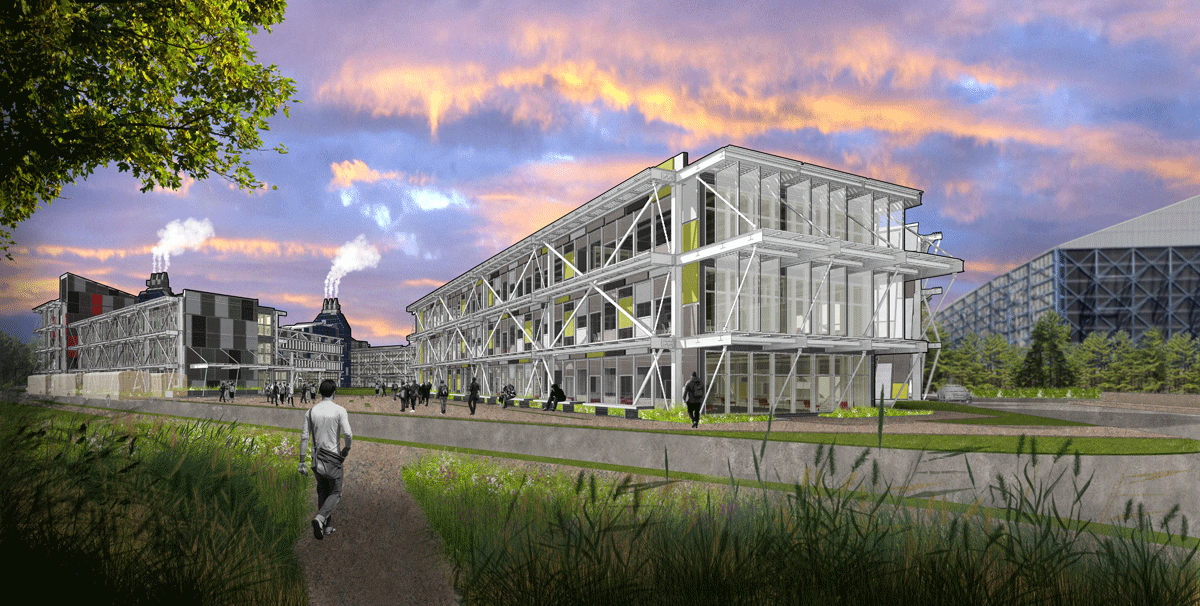Future sySTEMs
Architecture to accommodate nationwide technology education today + tomorrow
- Type: Institutional, Academic, Planning, Senior Thesis
- Date: Summer 2013 - Spring 2014
- Location: Mountain View, California, USA| Silicon Valley
- Size: 325,000 sf (30,200 sqm) primary school | 50 acre (20 ha) prototype campus |Additional Campus Sites in the Future
- Recognition: Michael Pearson Thesis Prize Finalist
A year-long study of how architecture can influence a lifelong love of learning, build practical skills, and instill critical and creative thought in the next generation of the United States of America. Through proposed alignment of government agencies and leveraging of existing resources, a dedicated and integrated method of STEM (Science, Technology, Engineering, & Math) education is conceived at a national level. A prototype campus for a holistic STEM education that includes a magnet middle school, high school, and college functioning together along with a local existing government research facility is the final product. This eclectic environment is where students, professionals, and the public can interact with and learn from one another. However, this is only a starting point for related development at other scientific hubs across the nation.

Project Concepts & Goals
- A1. Instill passion for lifelong learning
- A2. Serve education goals and needs at national and local scales
- A3. Make learning visible to the public
- A4. Combined forces working together to improve the system

Precedent Studies
- B1. Salk Institute - grand courtyard meant for staff & public
- B2. Pixar Studios - open spaces connect users to spread ideas
- B3. Masdar Institute - phasing for flexible planning & construction
- B4. Neurological Institute - courtyard provides solitude or community

Site History & Analysis
- C1. 1935 - Moffet Airfield and Naval Air Station
- C2. 1948 - NACA Testing Center, precursor to NASA
- C3. 1978 - NASA Ames Research Center
- C4. 2013 - Focus on robotics,, astrobiology, satellites, wind-tunnels

Campus Density Comparisons
- D1. Ames Research Center - 500 people/sq mi (1,300 people/sq km)
- D2. Brookhaven National Laboratory - 130 people/sq mi (330 people/sq km)
- D3. CERN Headquarters - 4,500 people/sq mi (11,700 people/sq km)
- D4. Drexel University - 14,000 people/sq mi (36,250 people/sq km)

Project Location
- National government research facilities are identified as sites for STEM schools.
- The San Francisco Bay area has a great demand for STEM skills and education.
- Silicon Valley contains a NASA research base as well as cutting edge tech giants.
- Project site is vacant brownfield on NASA Ames Research Center campus.
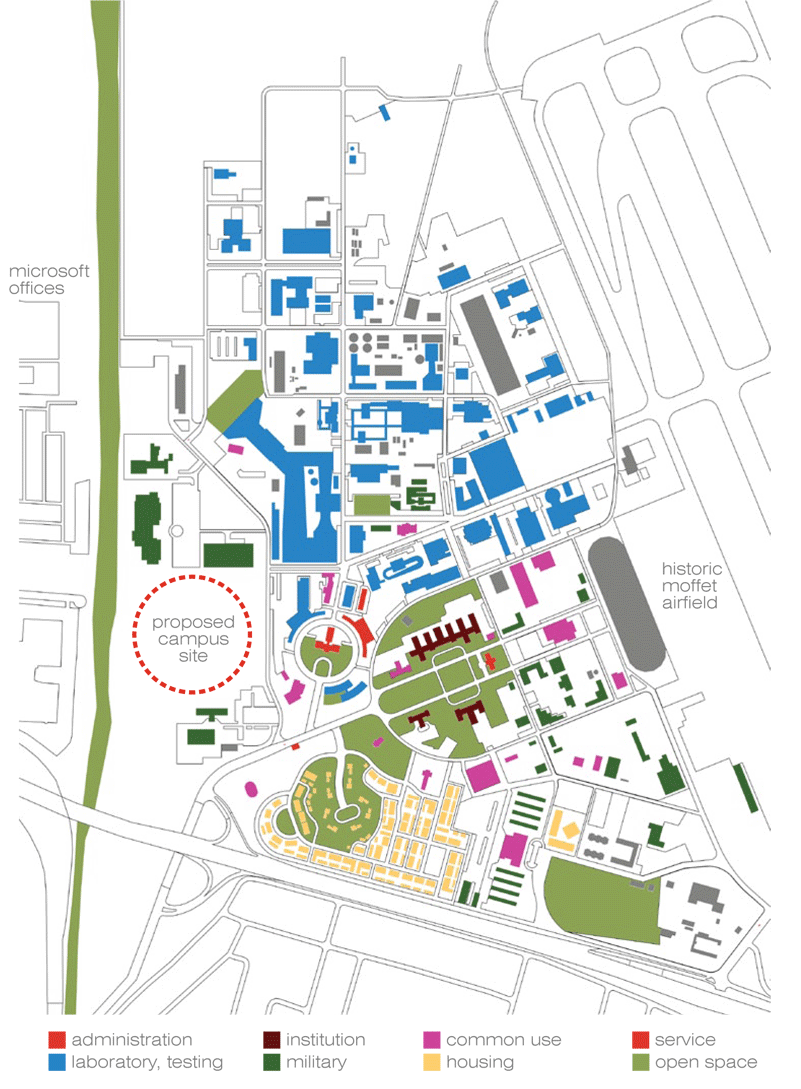
Current Zoning & Land Use of NASA Ames Research Center campus.
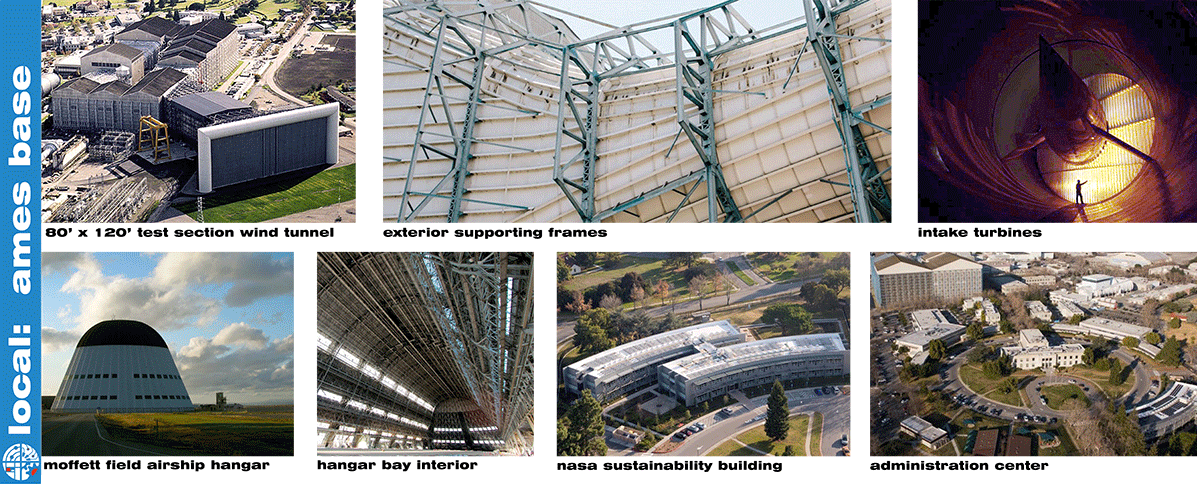

Local & Regional Context.
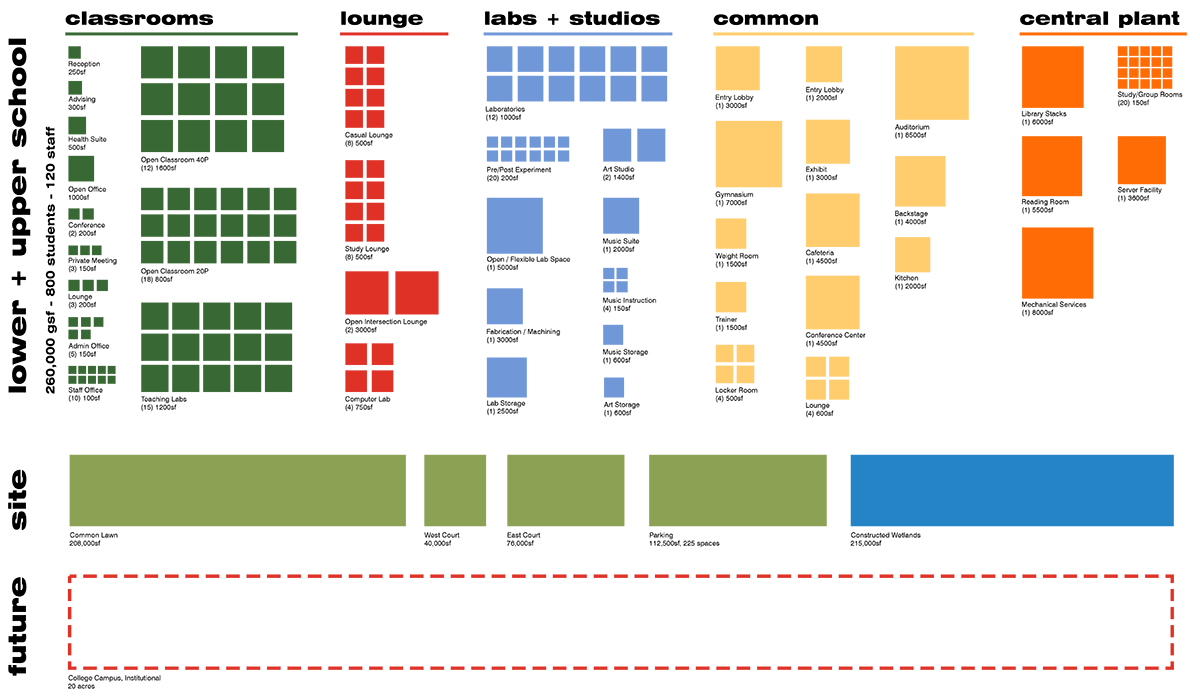
Space Program Developed for the STEM Primary School & Campus.
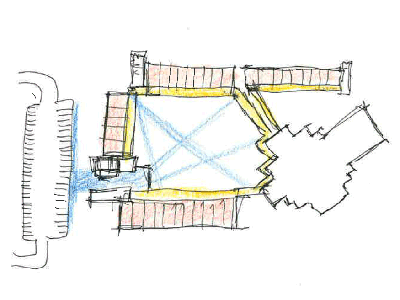
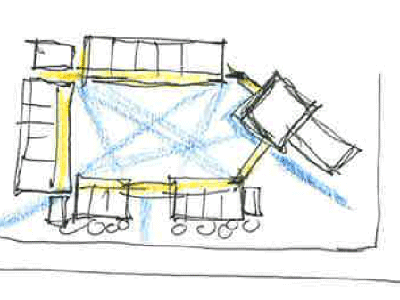
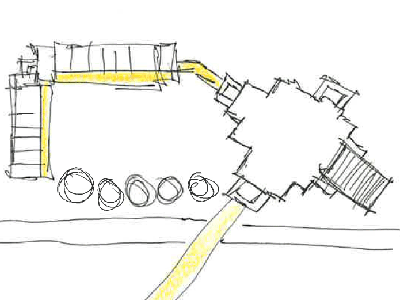
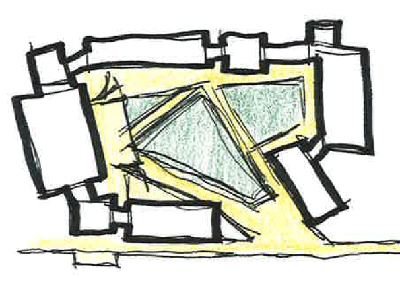
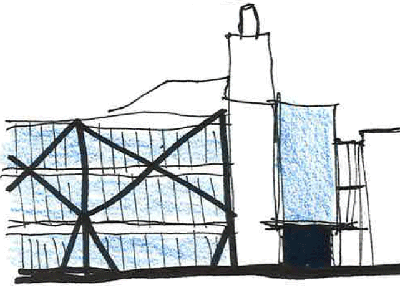
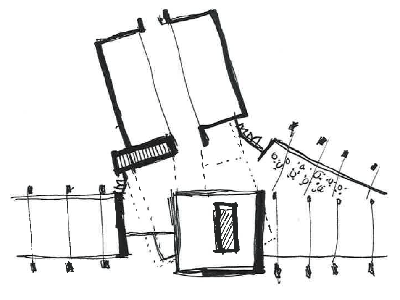
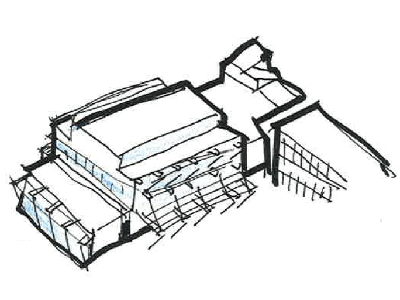
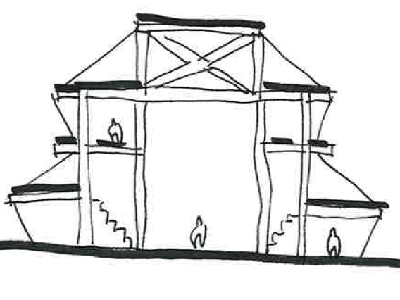

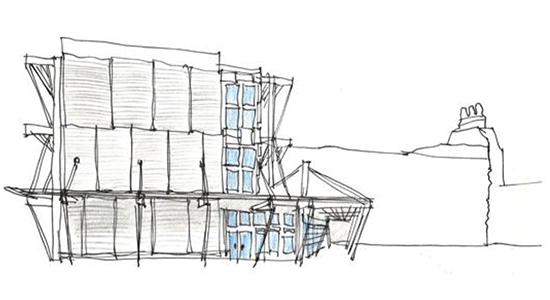
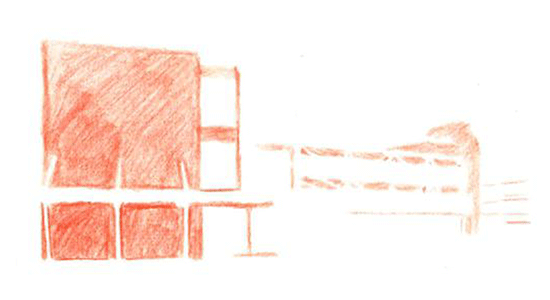
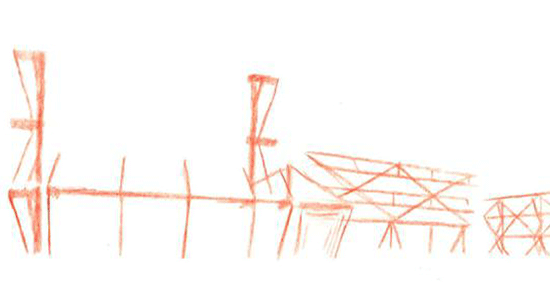
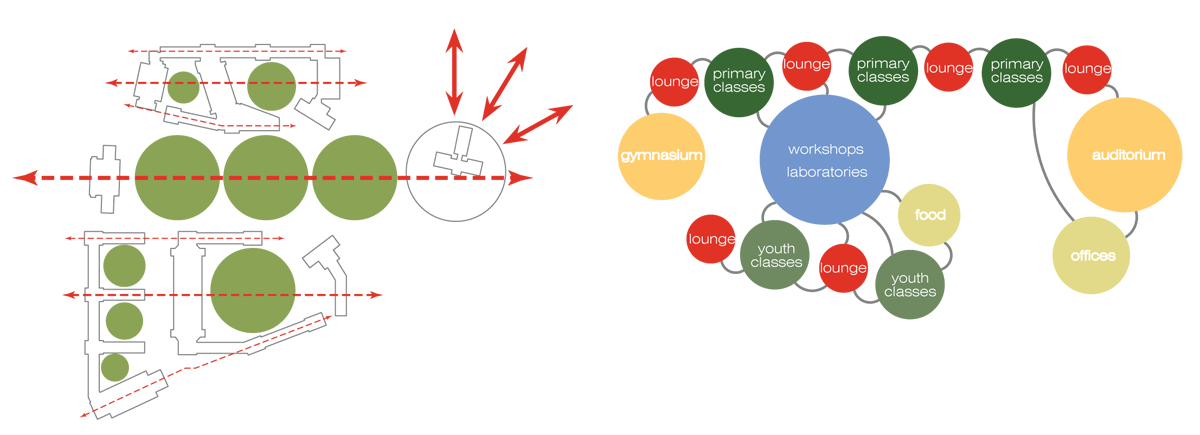
Process Sketches & Diagrams.
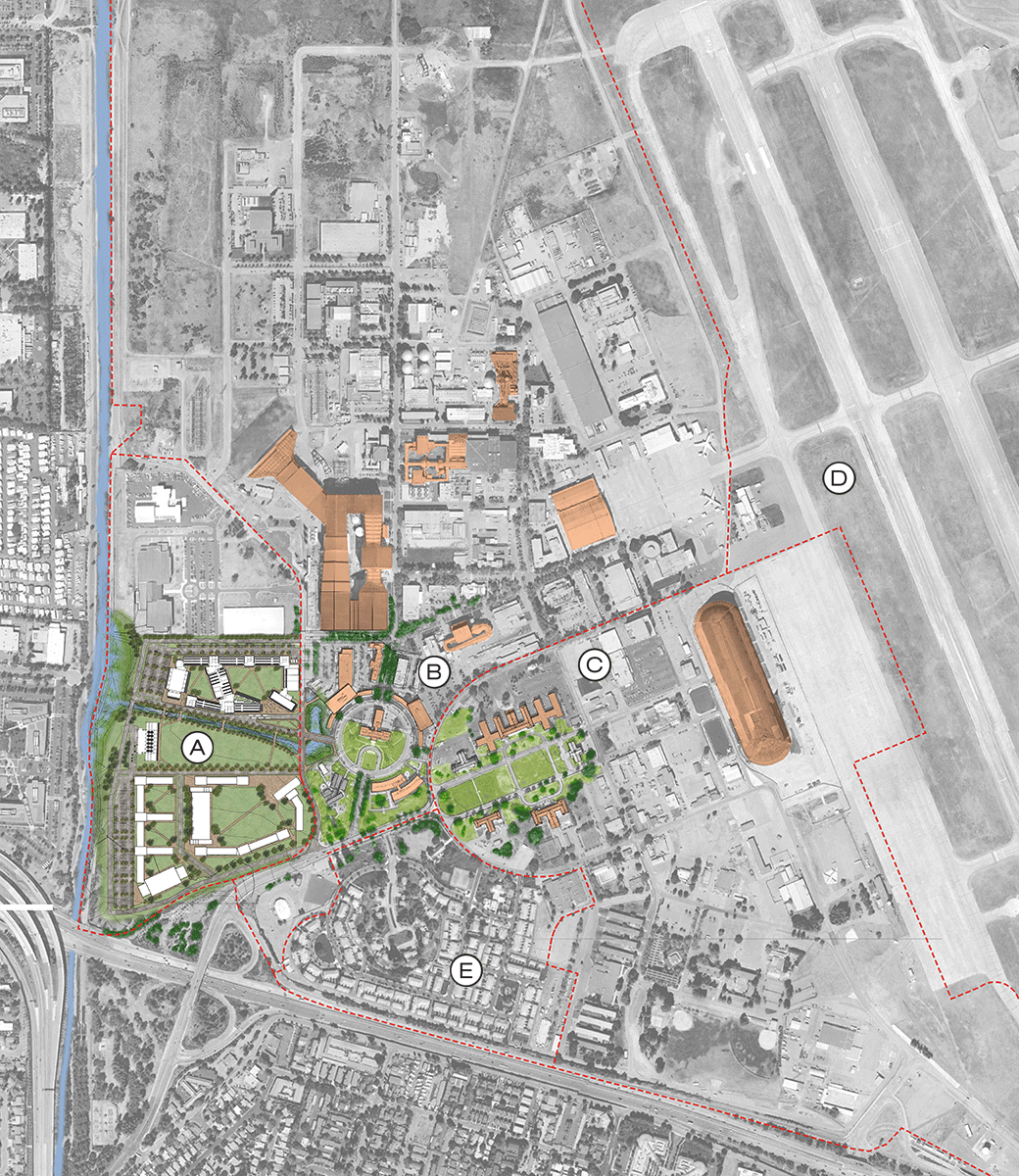
Overall Site Plan of Proposed Campus
- Proposed Campus, Existing Orion Park
- NASA Ames Research Center
- NASA Research Park
- Moffett Airfield
- Wescoat Military Housing
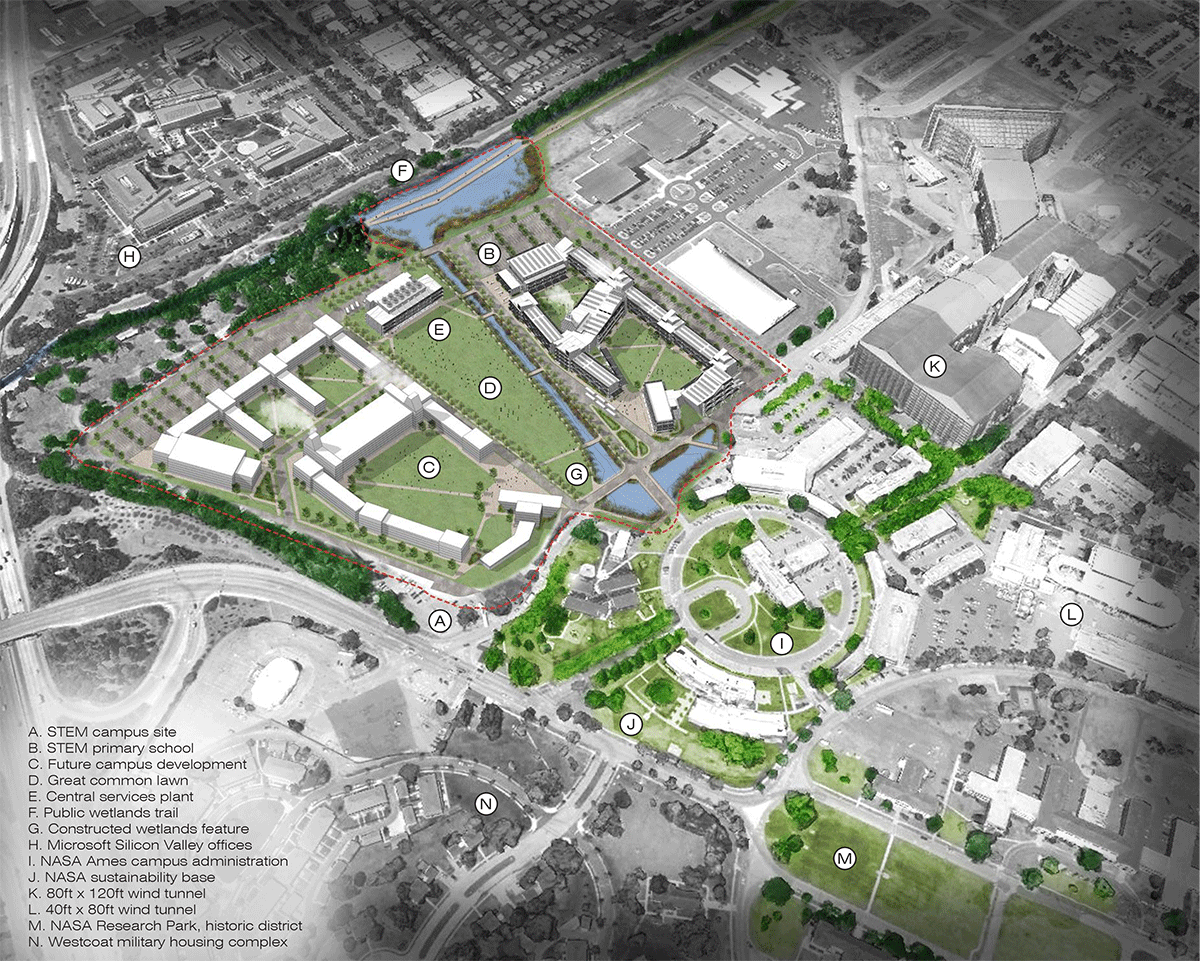
Aerial View of Proposed Campus.


Site & Building Sections.
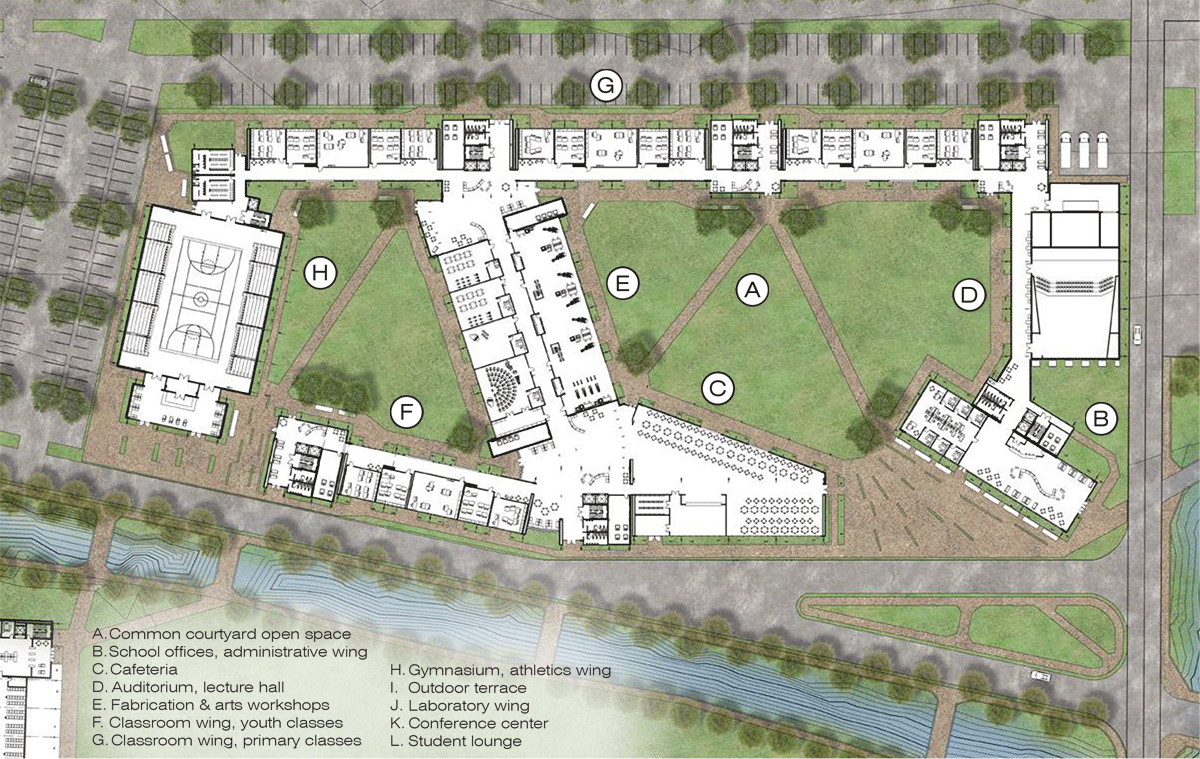
STEM Primary School | Ground Level Plan.
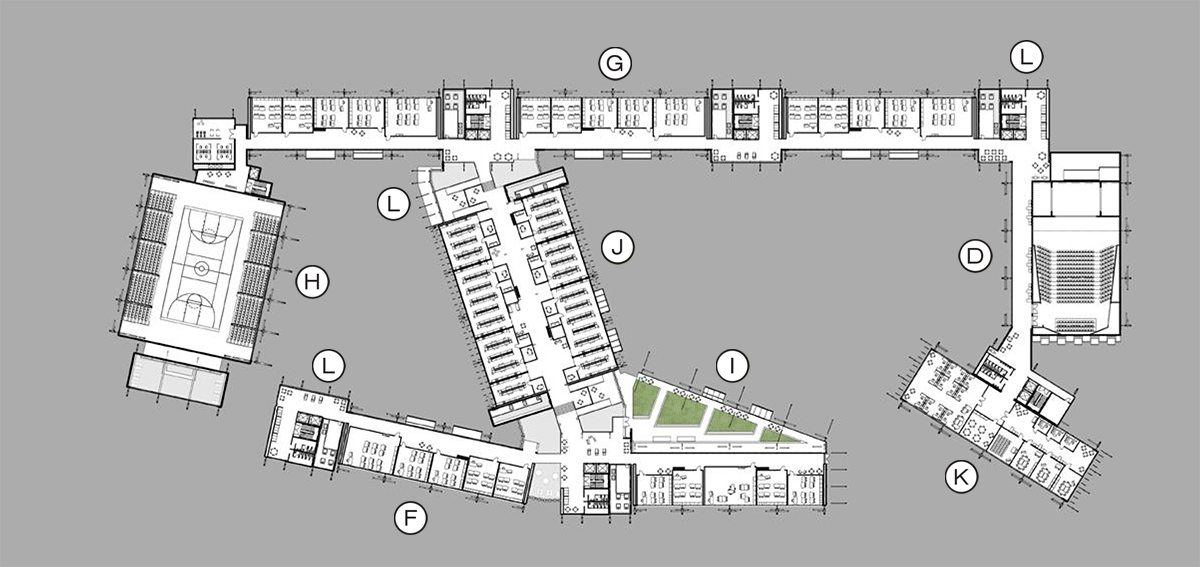
STEM Primary School | Typical Upper Level Plan.
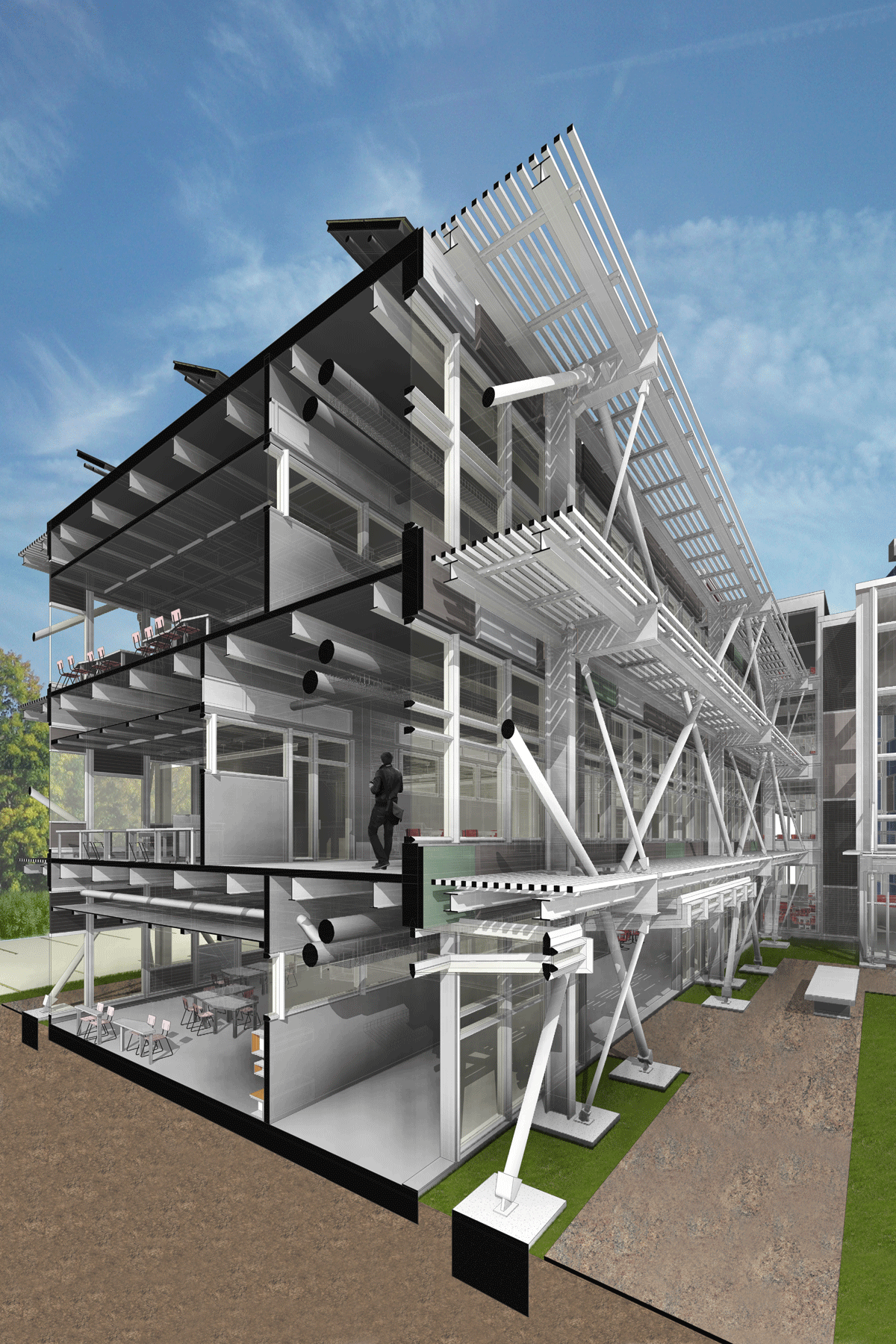
Section View of Typical Classroom Wing Construction.
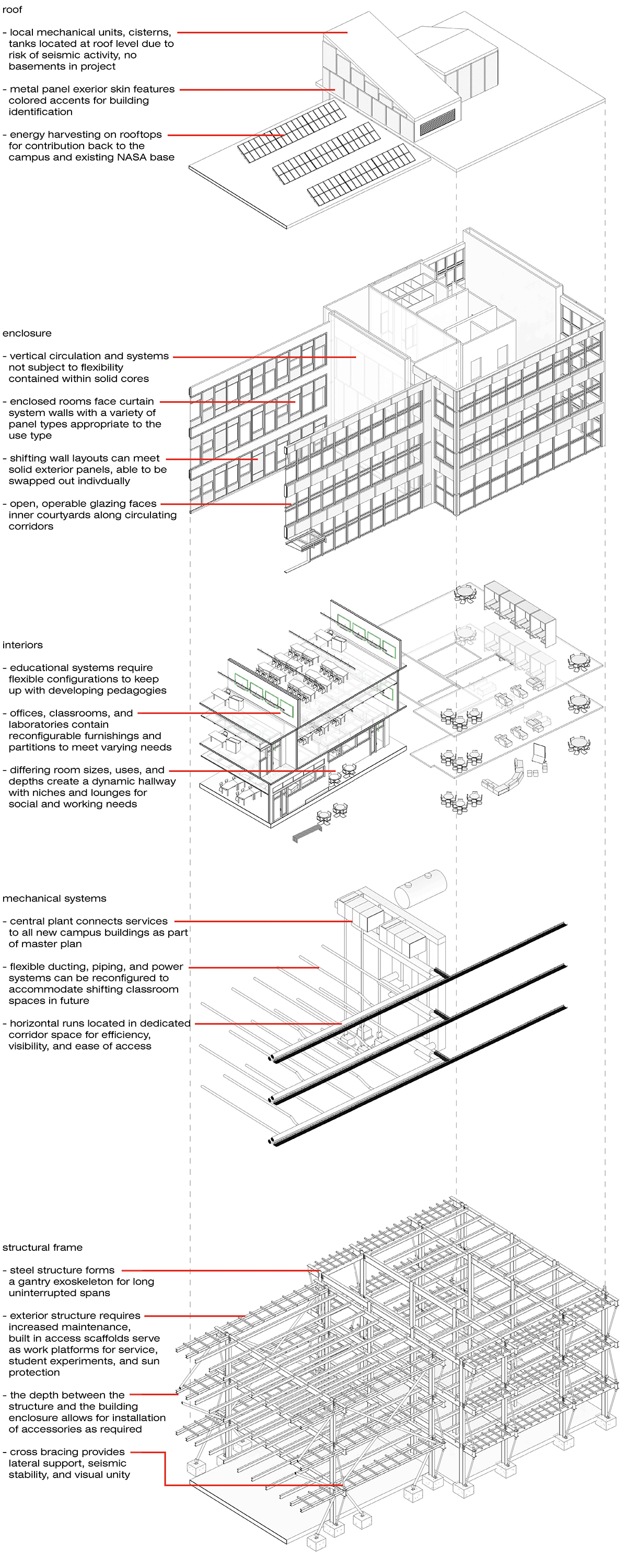
Detailed Building & Systems Assembly.
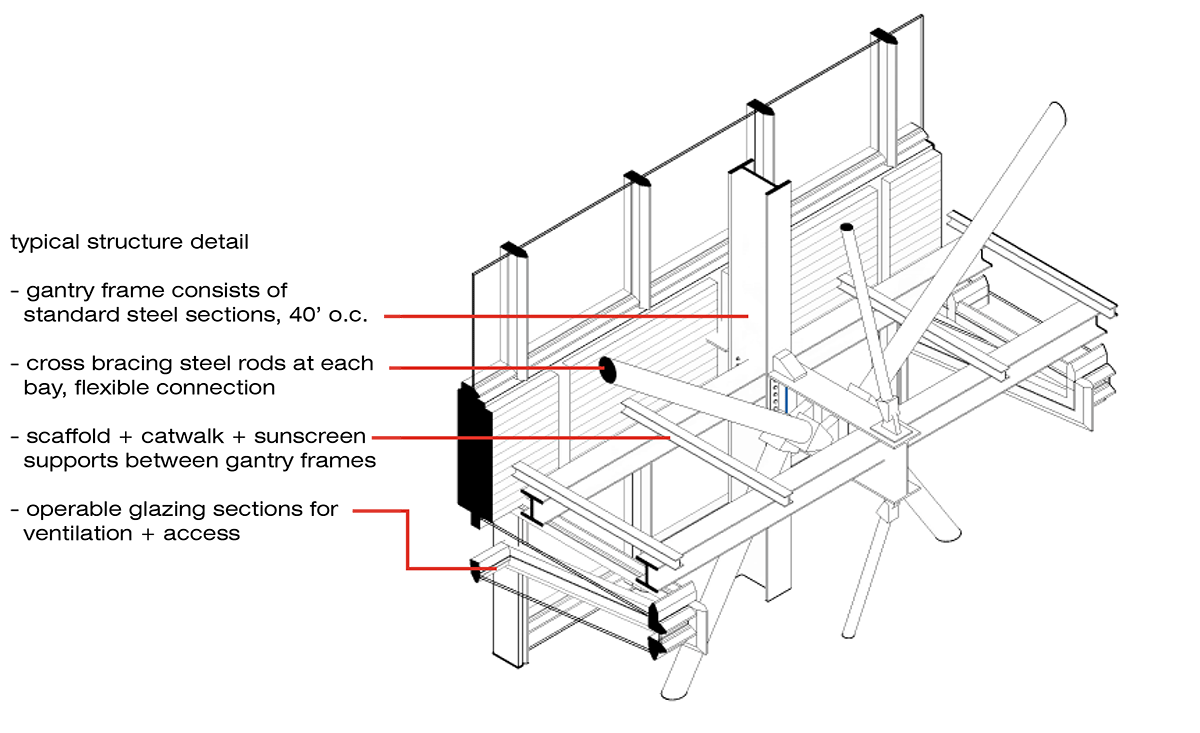
Strucutral Connection Detail.
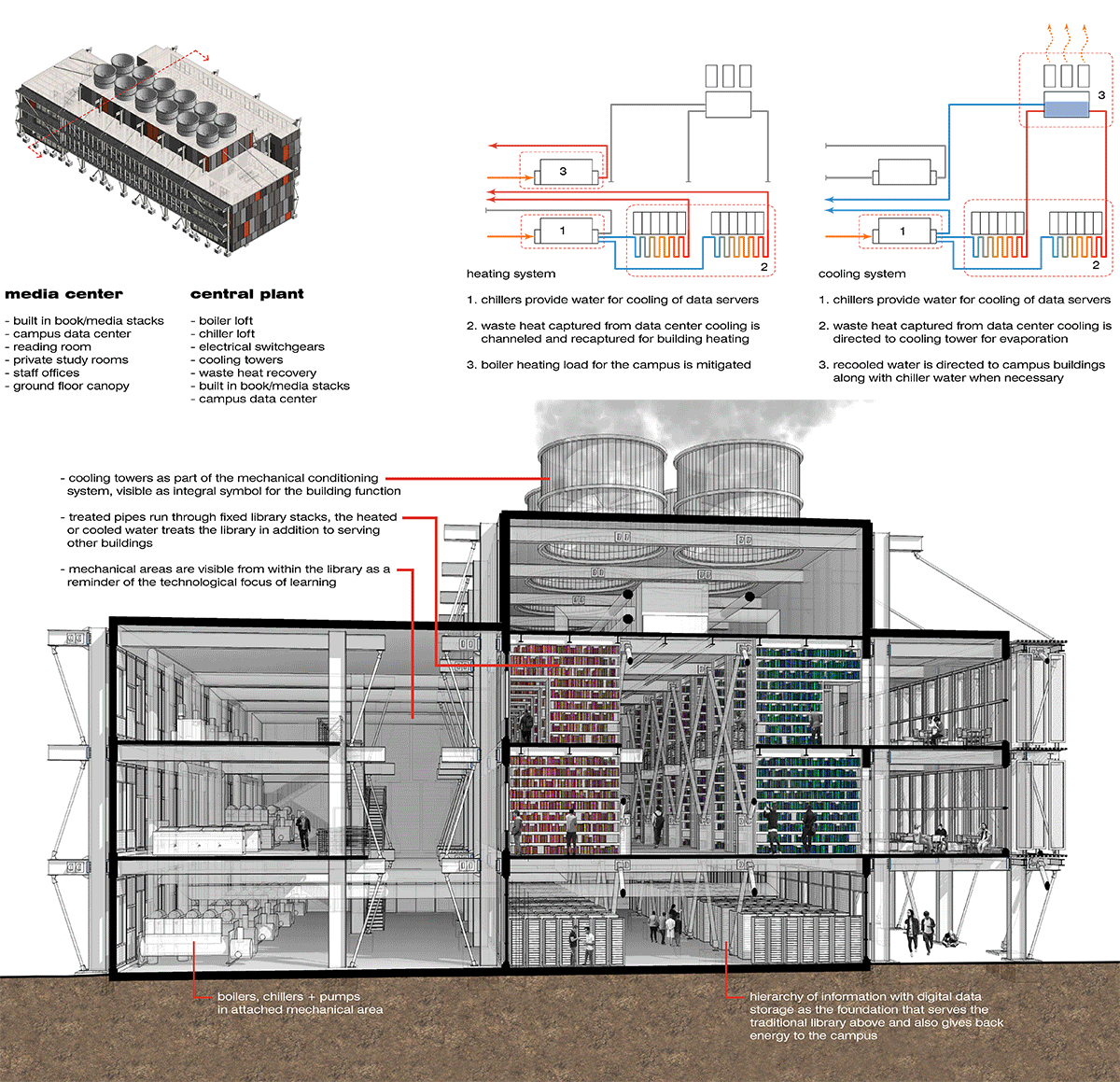
Overview of Combined Central Plant & Media Center.
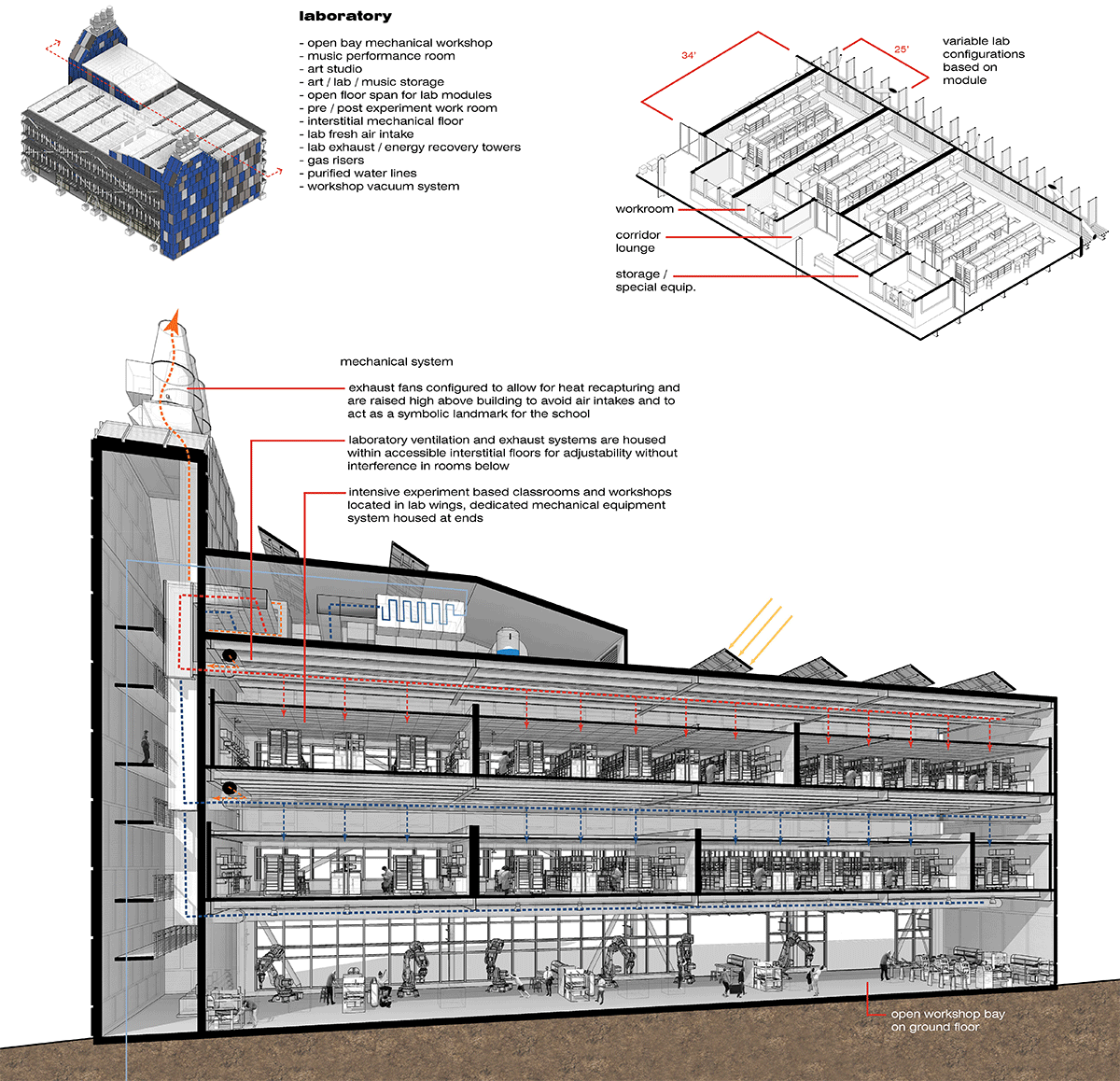
Overview of Laboratory Wing.
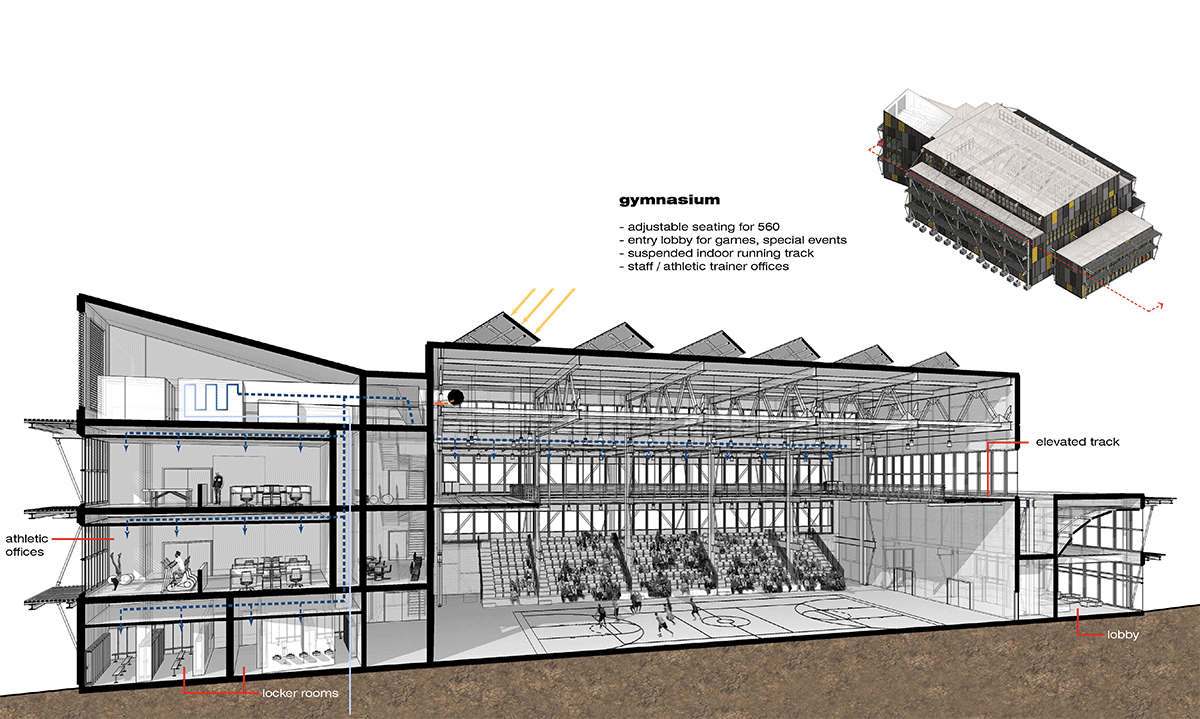
Overview of Athletics Wing.
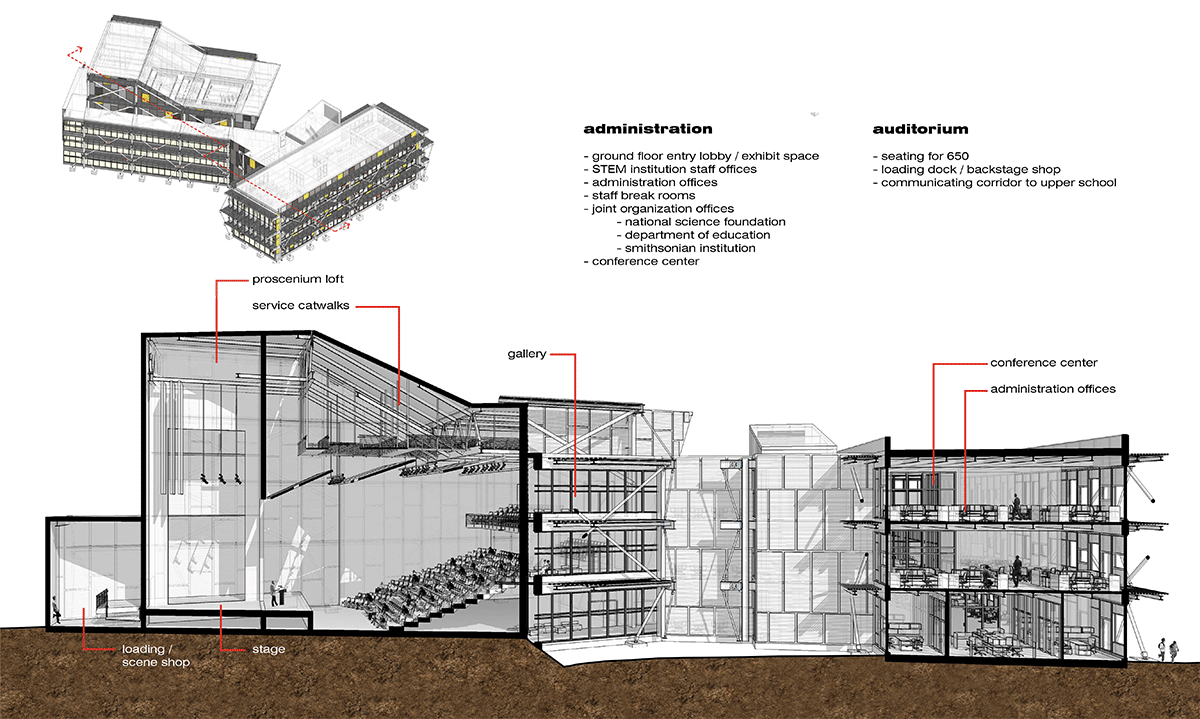
Overview of Adminstration & Commons Wing.
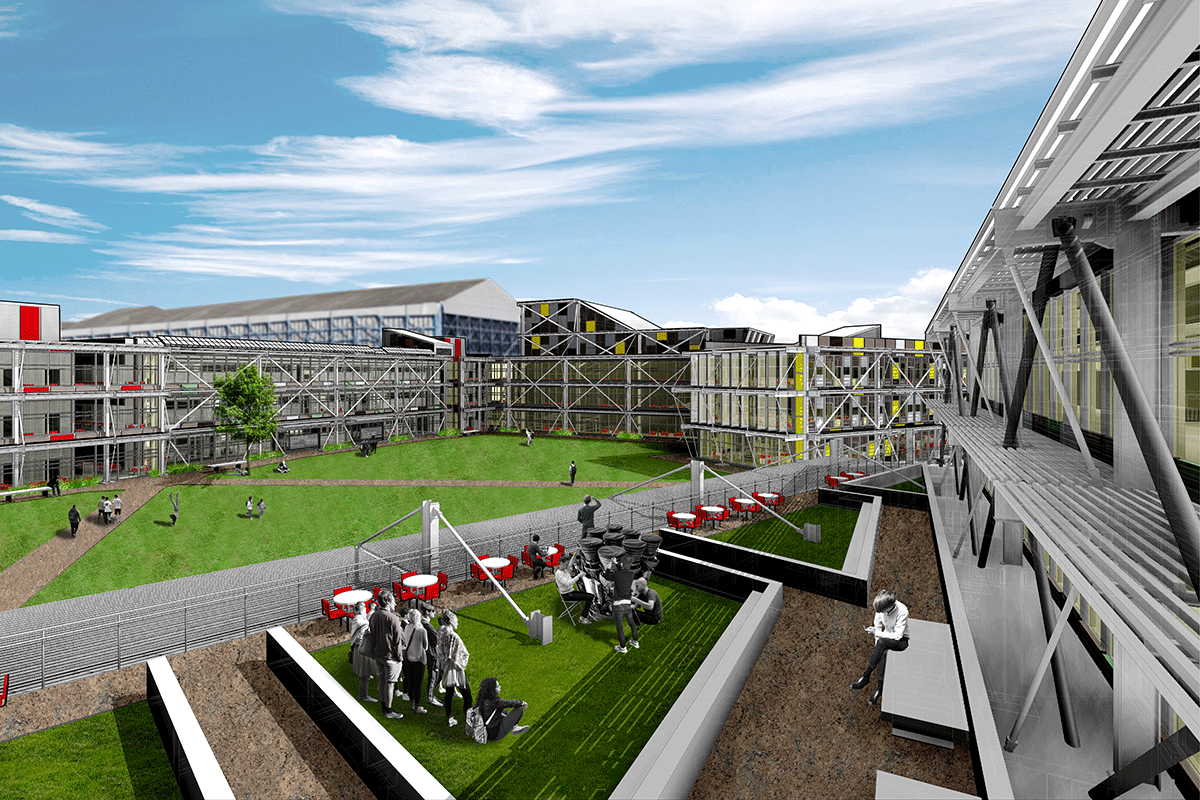
View of East Courtyard from Cafeteria Terrace.
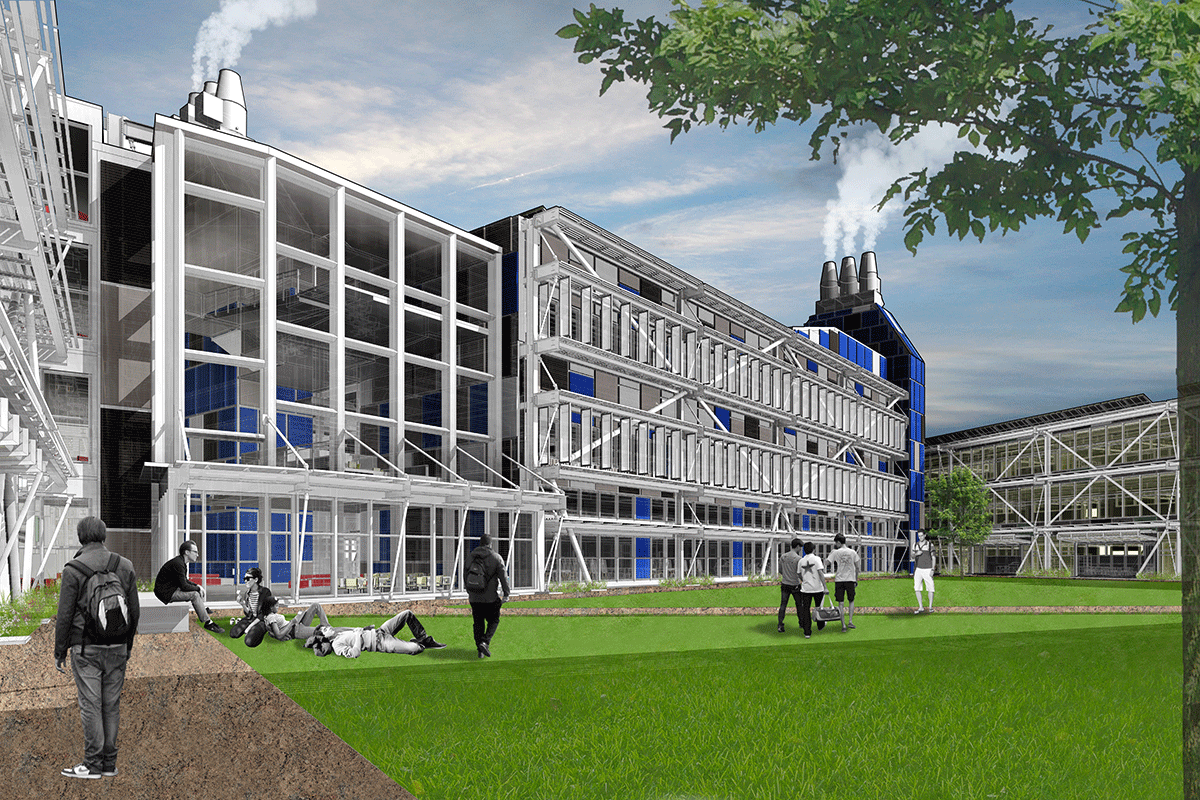
View of Laboratory Wing from West Courtyard.
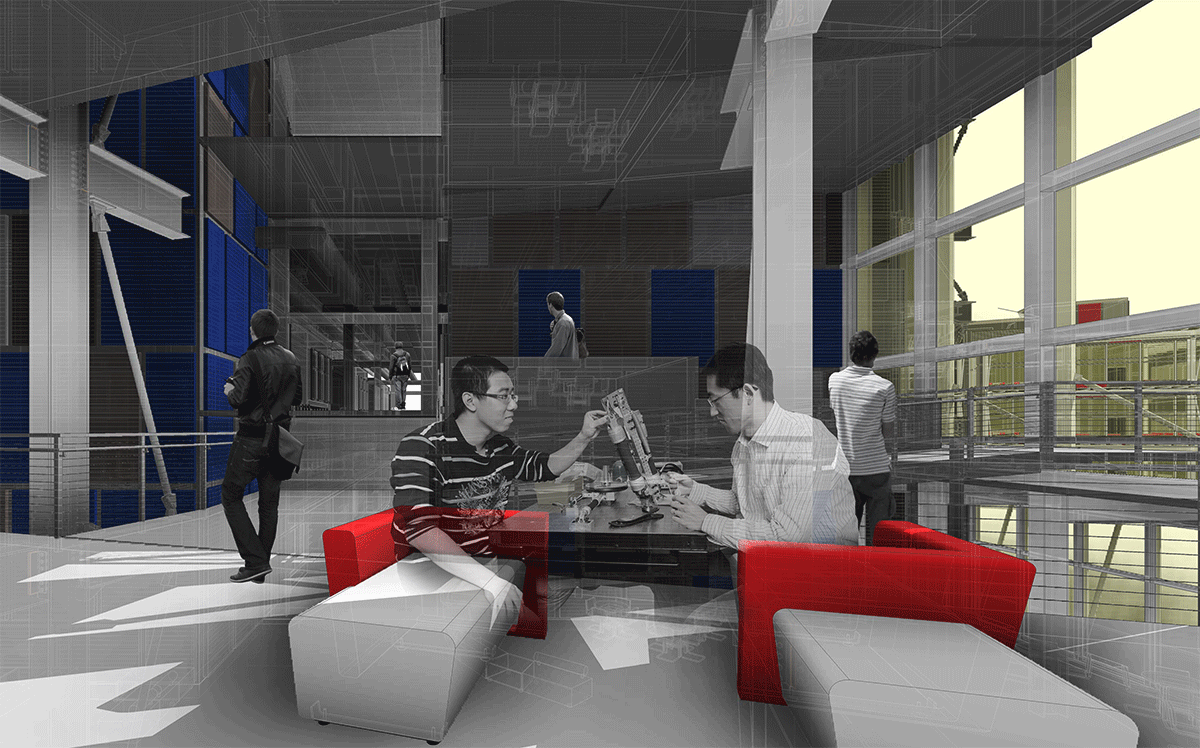
View of Open Lounges for Personal Meetups.
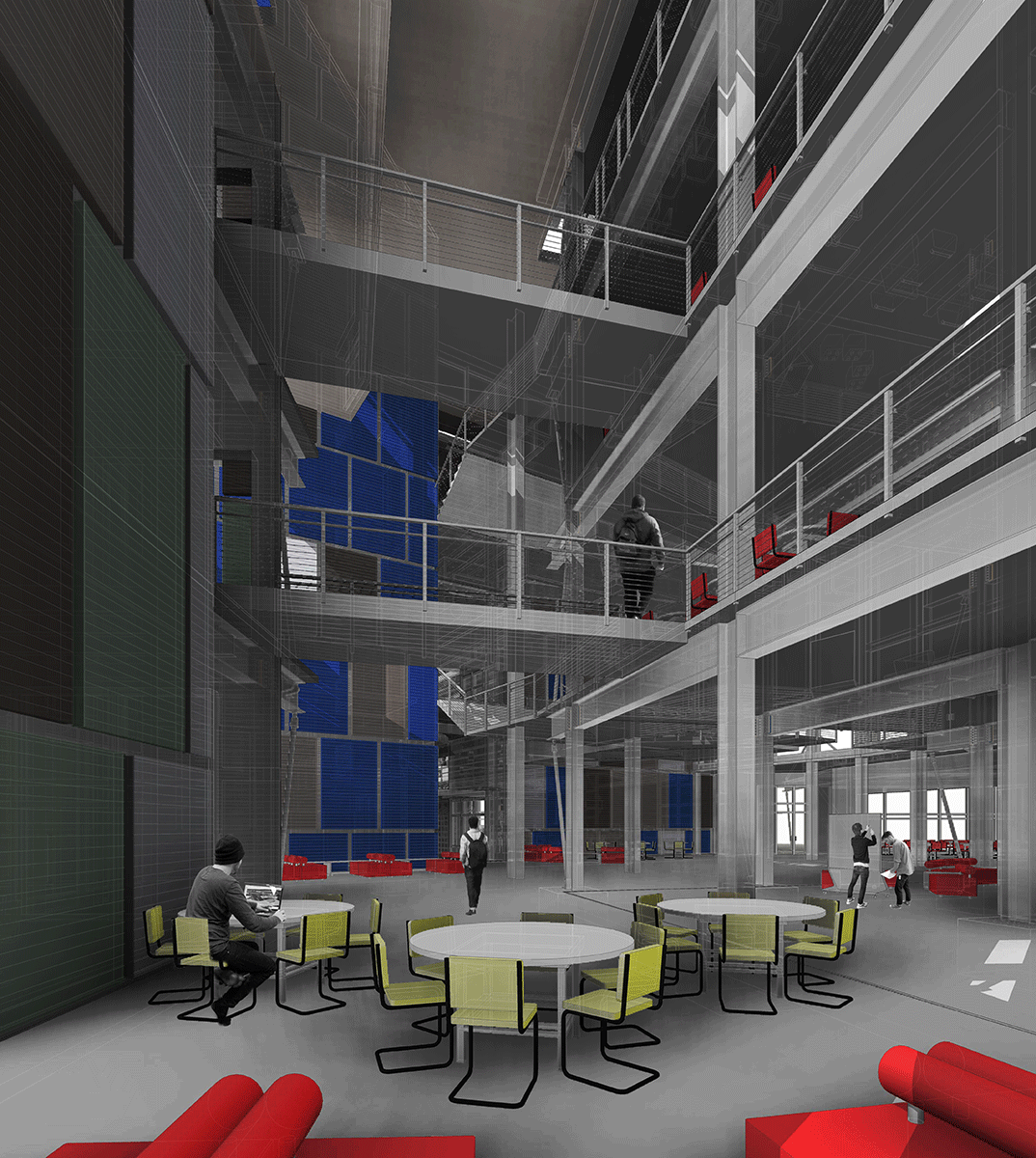
View of Connections from Lab Wing to Classroom Wings.
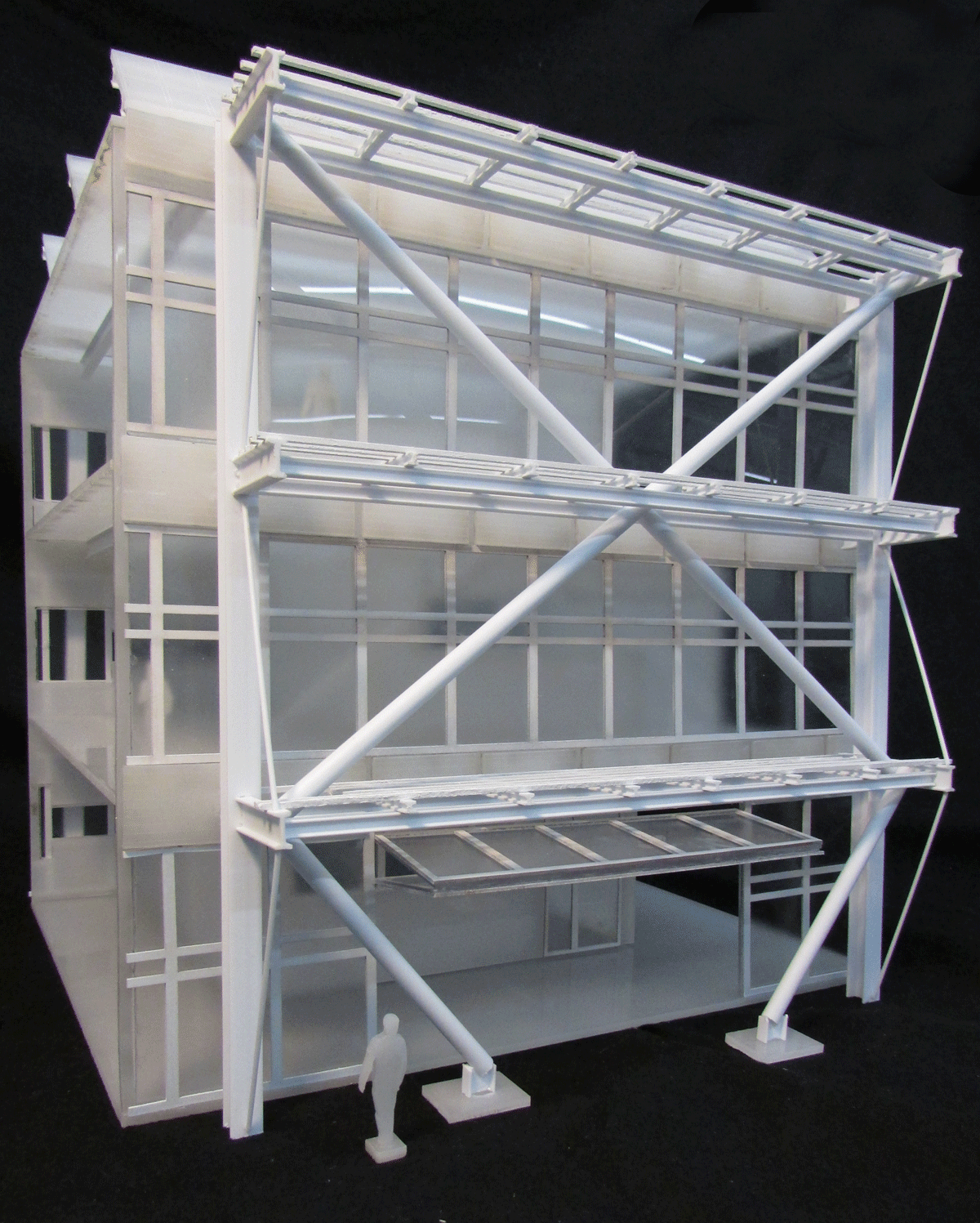
Detail Model of Typical Classroom Wing.
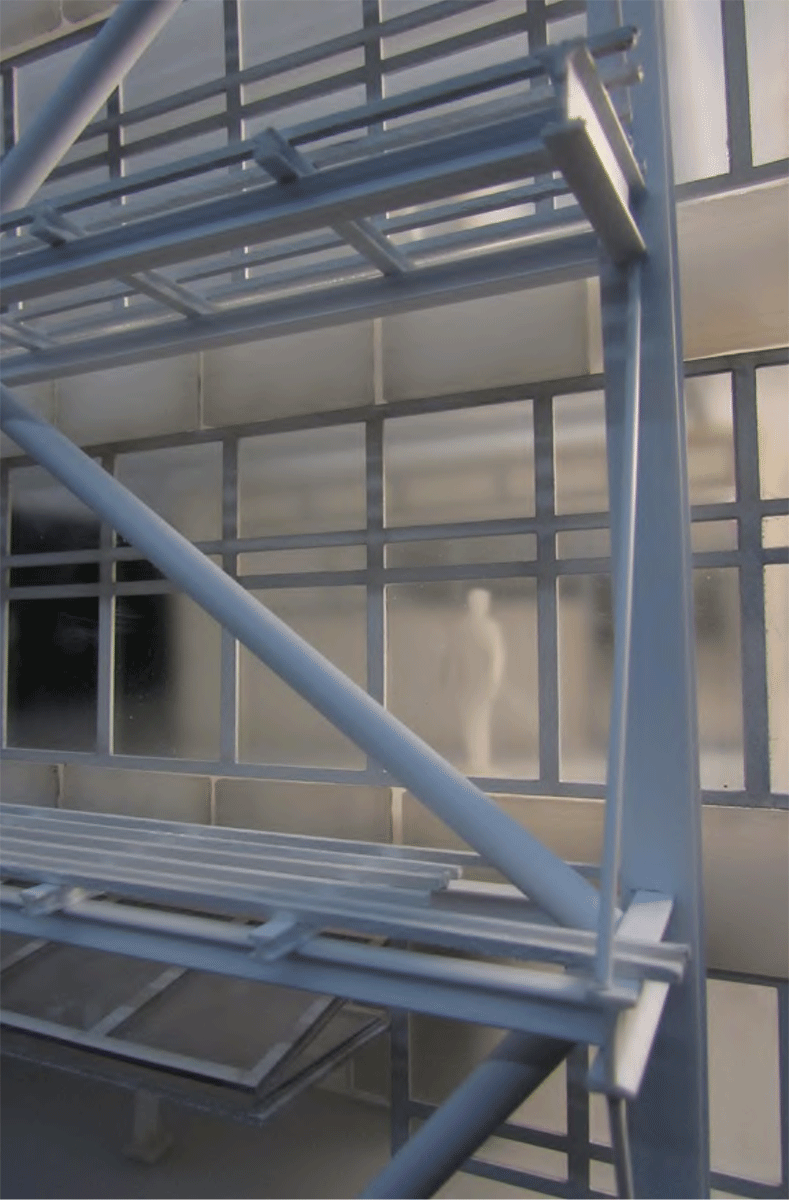
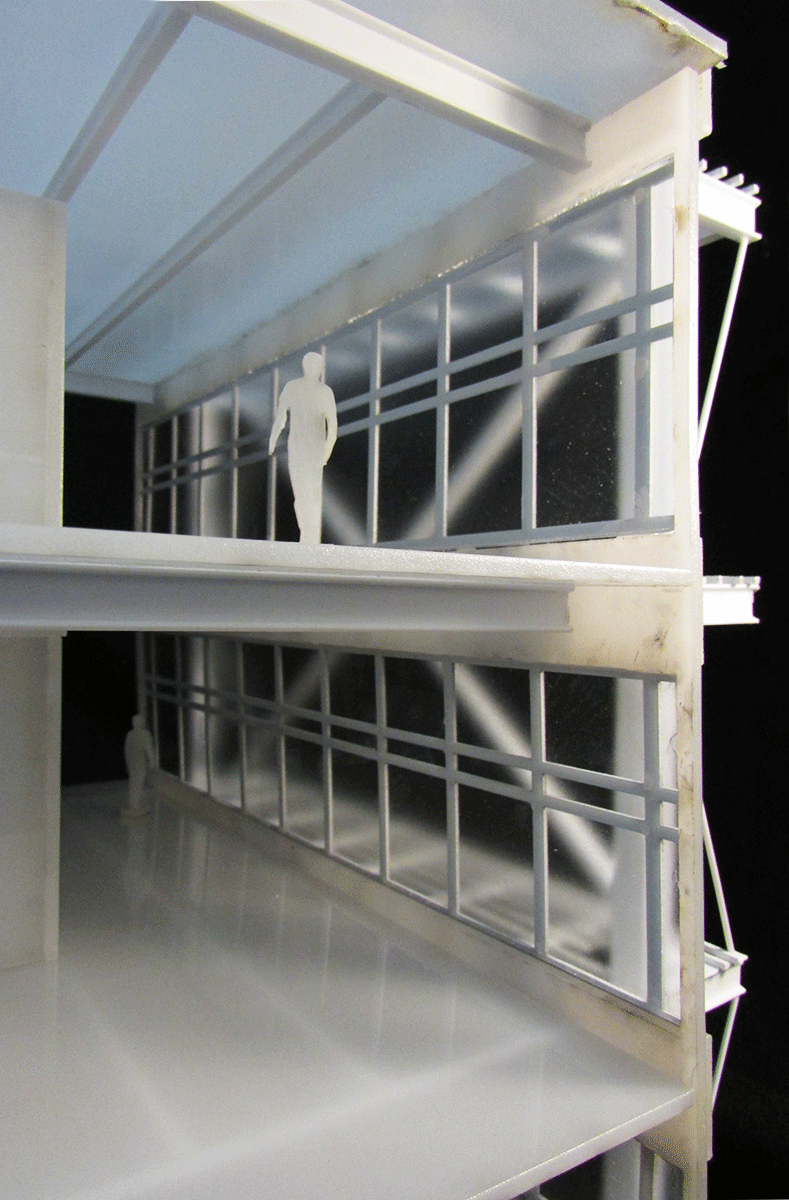
Detail Model Showing User Experience of the Facility.
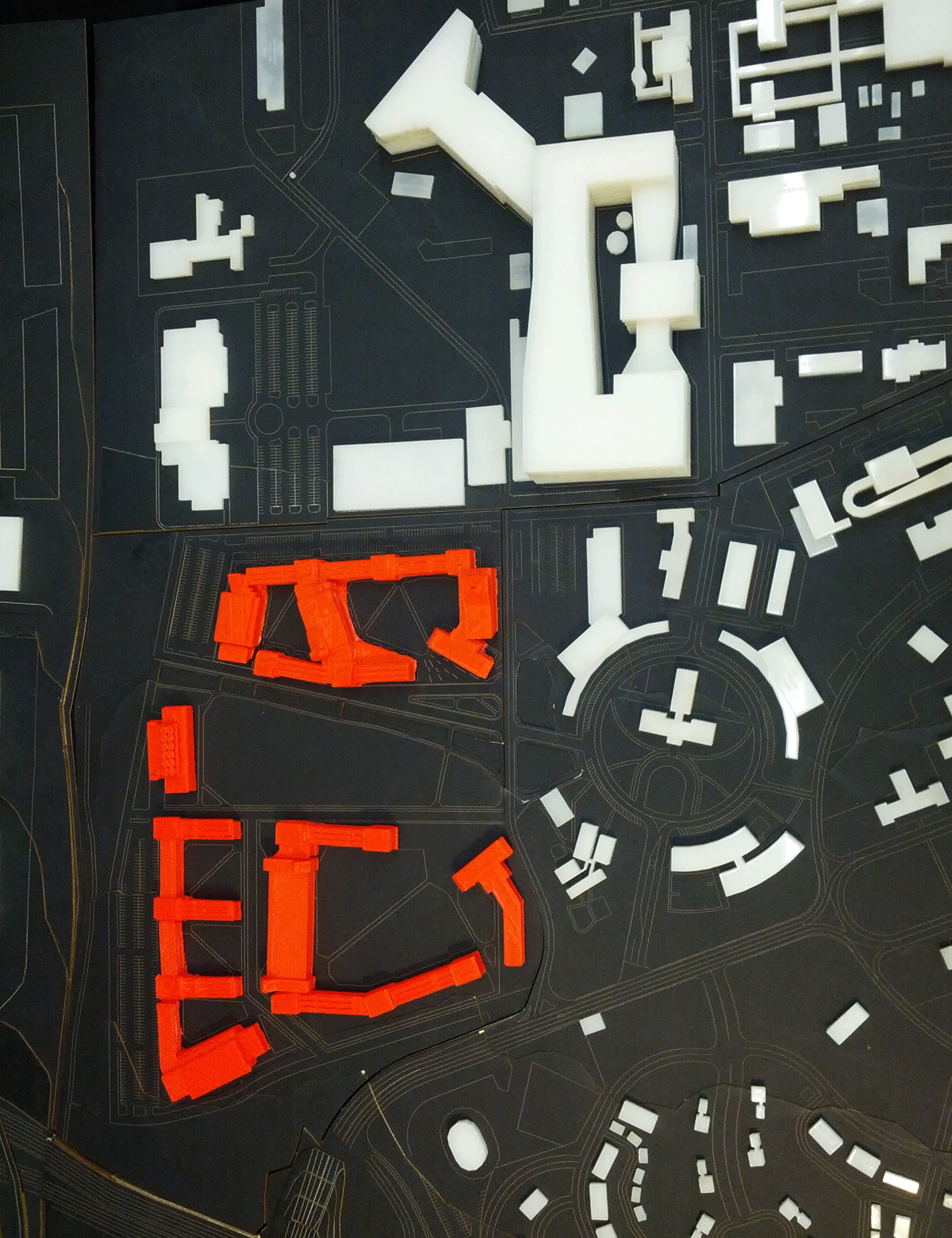
Site Model of New Campus among Existing NASA Research Center.
